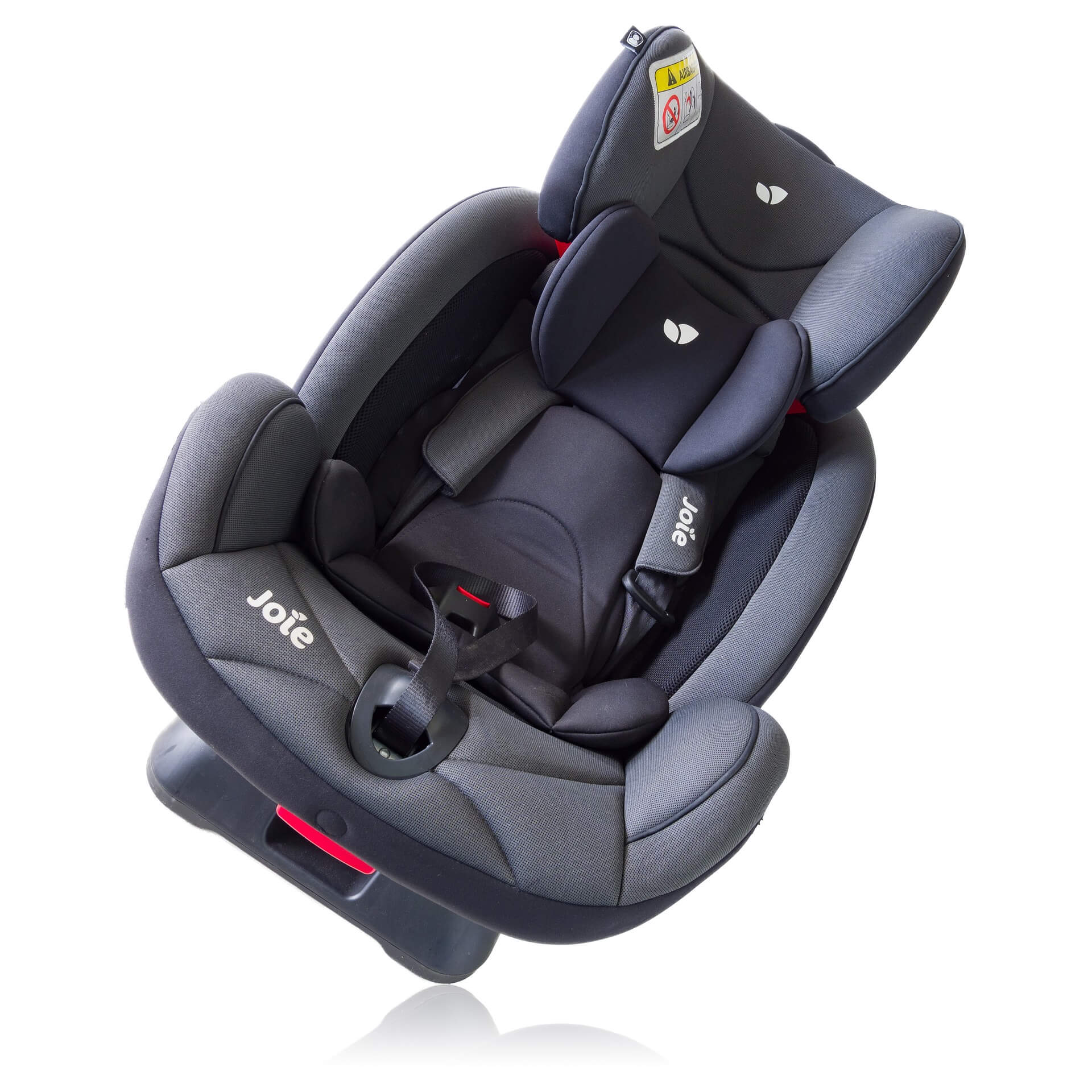Sacramento Defective Car Seat Lawyer | AutoAccident.com
Sacramento Defective Car Seat Lawyer

Although motor vehicle accidents cause debilitating injuries and lost lives among vehicle occupants of all ages, the toll on children is exceptionally high. The National Highway Traffic Safety Administration (NHTSA) states that car accidents are the primary cause of mortality among children between the ages of 5 and 14 in the country. The Centers for Disease Control and Prevention (CDC) reports that vehicle collisions accounted for 638 child fatalities and 127,250 injuries during a recent one-year period.
Tragically, many of these deaths and life-shaping injuries are avoidable by using age- and size-appropriate child safety restraint systems. The agency also reports that a one-year study revealed over 618,000 children up to age 12 were transported in a motor vehicle without a child safety restraint system.
According to a study of fatal collisions, nearly 40 percent of children who die in car accidents are not buckled up. Despite the vital safety benefits associated with child safety restraint systems, this feature can leave children woefully unprotected when the car seat malfunctions, lacks compatibility with vehicle seating, or provides insufficient warnings and instructions to parents.
California Legal Requirements for the Use of Car SeatsCalifornia law obligates drivers to ensure that all child passengers under six or weighing sixty pounds or less are secured in an age-appropriate child safety restraint system. A child can only ride in the front seat of a vehicle if the following conditions apply:
- All rear seats are fully occupied by other children aged 12 and under.
- The only rear seats or side-facing jump seats face the rear of the vehicle.
- A medical condition makes it necessary for the child to ride in the front seat.
- The child safety restraint system cannot be installed safely in the rear seat.
If the vehicle is equipped with a front seat airbag, children must be seated in a rear seat unless any of the following apply:
- The child’s weight is twenty pounds or less, and is not yet a year old.
- The child is secured in a rear-facing car seat.
Whether your child is secured in a car seat designed for infants or toddlers, a range of defects and compatibility issues can pose a severe risk to children in a collision. A few examples of common child safety restraint problems include:
- Chest Clip: A child can be ejected from the vehicle when the chest clip is located too low on the body.
- Booster Seats: After children transition into booster seats, these devices provide no upper body support, so children can be ejected.
- Faulty Adjusters: The adjusters on a child safety seat are designed to keep the straps adjusted properly. When they do not function as intended, the straps can pose a risk of injury.
- Shoulder Harness Slots: Manufacturers often fail to adequately label these slots, so the car seat is secured improperly.
- The angle of Recline: Child safety seats should position children horizontally in front and rear-facing child safety seats.
- The fracturing of Plastic Shells: The safety equipment will not provide the expected benefits if the protective plastic shell is inadequately manufactured or constructed from substandard materials. Frames that are weak because of cheap materials can be susceptible to cracking or breaking under the force exerted by a collision.
- Three-Point Harness: This style of child safety seat does not provide pelvic support, so children are exposed to the risk of vehicle ejection.
- Use of Flammable Materials: When manufacturers cut corners using low-quality materials, children can be exposed to burn injuries.
- Faulty Buckles/Latches: When the latch/buckle that secures the straps of a car seat has excessive give or is too difficult to disengage, children can face the risk of being stuck during a rescue, suffering ejection from the vehicle, or experiencing a severe injury when the buckle becomes detached.
Under California product liability law, consumers injured by a faulty or improperly labeled product can pursue a claim against the manufacturer, supplier, distributor, or retailer, depending on the circumstances. Examples of the grounds for holding parties in the manufacturing and distribution chain liable include the following:
- Failure to discover and disclose features or vulnerabilities making the car seat unsafe
- Inadequate warnings regarding the risks of hazards associated with using the car seat
- Improper inspection or testing of the product before placing the seat on the market
If your child has been injured in a defective car seat accident, please call us today at (916) 921-6400 or (800) 404-5400 for free, friendly advice.
We are members of the National Association of Distinguished Counsel and the Million Dollar Advocates Forum.
See our client reviews on Google, Yelp, and Avvo and the case history of verdicts and settlements.
Editor’s Note: updated for accuracy and relevancy [cha 5.16.23]
Image by Jean van der Meulen from Pixabay [cs 827]
Additional Resources: